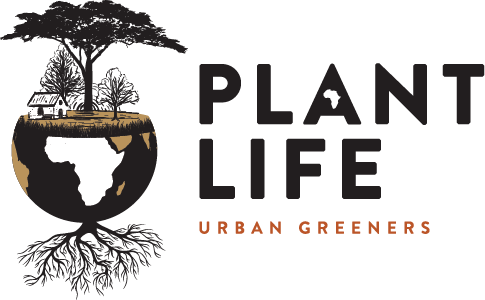05 May Fynbos And The Protea
The fynbos of the Western Cape of South Africa is very special. It contains more plants species per square metre than anywhere else in the world including the rain forests of Brazil. In fact all of the British Isles contain less plant species than those found on just Table Mountain. Of the six floral kingdoms, the fynbos is the only one found entirely in one country. The most recognised plant family that originates in the fynbos is the Protea family, the king protea (Protea cynaroides) being our national flower.
Traditionally, fynbos is not easy to grow outside of its home environment. Part of the reason for this is that fynbos plants evolved in the Western Cape in a Mediterranean climate, so hot dry summers followed by a cool wet winters. Most of South Africa’s regions follow a more sub-tropical pattern which simply doesn’t suit our plant cousins from down south.
In addition to the weather the soil of the Western Cape is extremely sandy and well drained. The loamy and clay heavy soils found in the rest of the country tend to waterlog with our summer rains. This leads to a very high mortality rate in fynbos plants (especially young ones), due to root rot.
The fynbos is also intricately linked to the natural burn cycles of the African veld. So much so that when the fynbos burns it releases certain turpines (volatile plant chemicals) into the soil. These act as messengers that tell the surrounding plant seeds that it is time to germinate.
Newer varieties of proteas and erichas have been bred to be more tolerant of our weather and soil and one can even buy fynbos seeds that come with a soil additive to help them germinate.
Fynbos is certainly not easy to grow outside of the Cape but the wow factor is certainly worth the effort. Subtle greys, soft yellows, bizarre, nectar filled flowers and their fine-leafed structure make these plants very special indeed.


